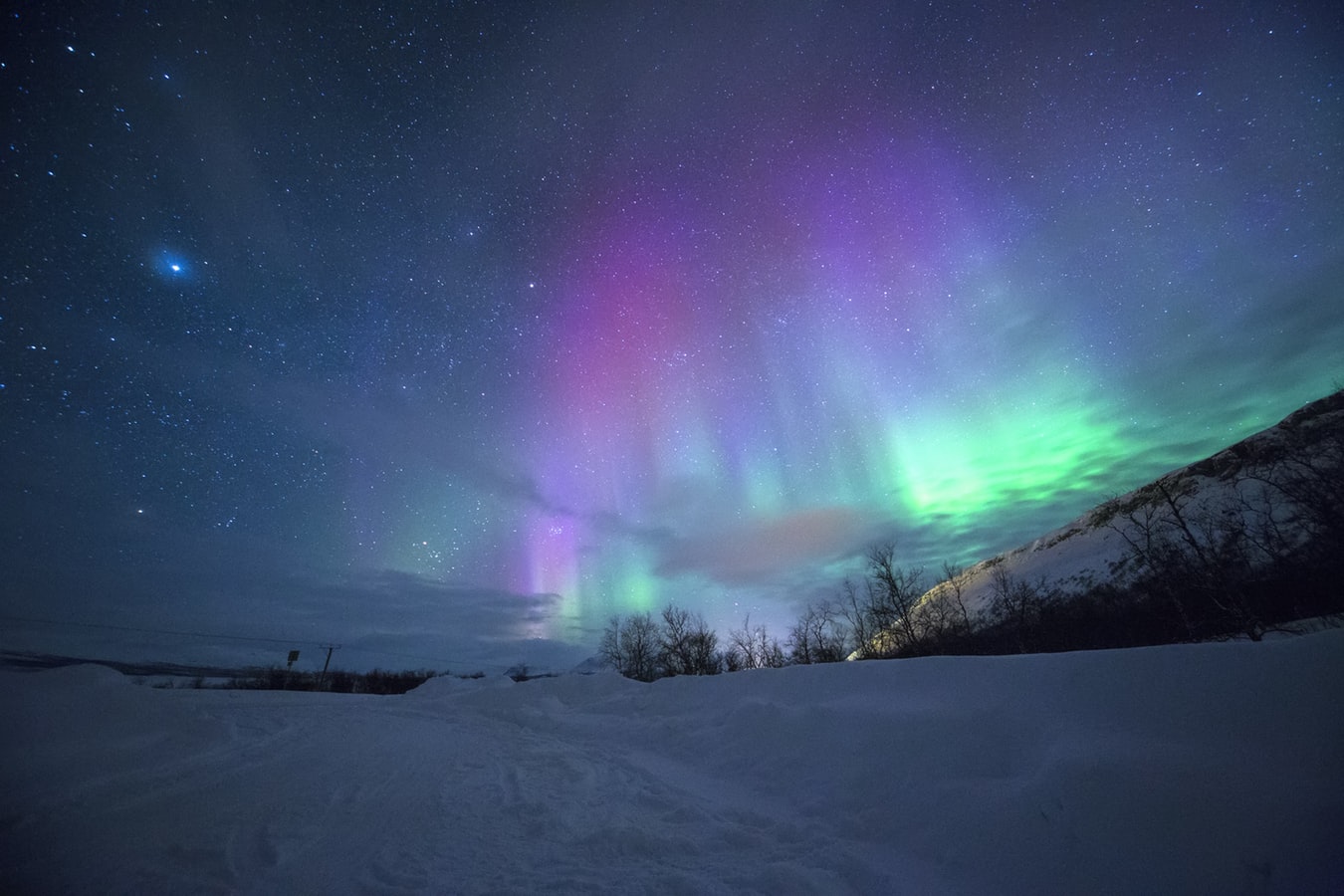Descripción/Description:
———— PhD position at the IAA-CSIC in Spain
A 4-year PhD project through the Spanish FPU program is offered at the Instituto de Astrofísica de Andalucía (IAA-CSIC, Granada, Spain), a “Severo Ochoa” Excellence Program institute. The candidate is expected to carry out her/his activity in the research line of galaxy evolution in nearby clusters.
Supervisors: Kelley Hess and Enrique Pérez (hess@iaa.es, eperez@iaa.es).
Submission of applications:
Deadline for letters of interest: 15 December 2021.
Deadline for application through the Ministerio de Universidades web: 17 December 2021.
This PhD aims to study the morphological signatures of cluster-driven galaxy evolution, traced by the neutral atomic gas (HI) and radio continuum in nearby clusters, in order to understand how clusters may have formed in the early Universe. The Antlia Cluster (D=38 Mpc) is dynamically young, and relatively low mass. Antlia is also the product of a still-ongoing major merger between two large groups at its core, and it is being fed by a single filament which connects it to the Hydra Cluster ~18 Mpc away. Further, the substructure within Antlia has been studied providing an evidence-based sequence for major assembly events in the cluster’s recent history.
We have 50 hours of new high resolution imaging of Antlia from the MeerKAT telescope, and complimentary new and archival multi-wavelength data from X-rays, UV, optical, infrared, and mm observations to probe the full baryonic content of the cluster. This PhD will join a welcoming international collaboration to lead the HI analysis of the cluster. Lines of investigation may include, for example:
* Using HI morphology to identify the incidences of gas loss through ram pressure stripping versus tidal interactions as a function of distance to the cluster center to estimate the relative impact of the young cluster environment on galaxy transformation.
* Compare HI morphologies for galaxies belonging to substructures (or not) at similar cluster radii to search for differences in the gas processing of galaxies which have fallen into the cluster as members of galaxy groups versus as individuals.
* Identify candidate 'back-splash' galaxies opposite the Hydra-Antlia filament and compare their properties with simulations.
* Combine radio continuum, infrared, and/or CO data with the MeerKAT HI data to study the impact of the young cluster environment on the conversion of HI to molecular gas and stars.
The training plan will be complemented with the presentation of results in international meetings, participation at seminars and schools, applying for telescope time for new data on interesting sources, and writing of articles in scientific journals.
Equal Opportunities: CSIC is a public research organisation in which the right to equality and gender non-discrimination is preserved, while promoting the conditions to real and effective equality of the individuals. Note that in the FPU scheme, the contract may be extended up to 6 years in the case of people with disabilities. People of all backgrounds, gender identities, races are encouraged to apply.
The candidate will join the team leading the development of a SKA Regional Centre (SRC) Prototype fully engaged with Open Science principles at the IAA-CSIC (Granada). The team coordinates the Spanish participation in the SKA. The IAA-CSIC is a leading research institution in Astronomy and Astrophysics awarded with the Severo Ochoa Centre of Excellence Accreditation, in recognition of its cutting-edge research, high competitiveness, ambitious strategic plans, high-quality production, and a great ability to attract talent. The IAA-CSIC is situated in Granada, a historic, vibrant city at the base of the Sierra Nevada mountain range, and only a short drive from the Mediterranean coast.
The Square Kilometre Array (SKA) project is an international effort to build the largest scientific infrastructure on Earth: a radio telescope with the potential to make revolutionary contributions to Astrophysics, Astrobiology, and Fundamental Physics. Considered the Big Data machine of the 21st Century, the SKA Observatory will deliver 600PB/yr to worldwide distributed data centres: the SKA Regional Centres. They will interoperate in an international network to provide the computing, storage and software platform where the SKA data will be scientifically analysed. SKA precursors MeerKAT and ASKAP are anticipating the new Data science challenges that SKA will bring to the community.
Contact: Candidates should contact Dr. K. Hess (hess@iaa.es) and Dr. E. Perez (eperez@iaa.es) in advance and provide the following information:
- Complete CV;
- Statement of interest (max. one page, including a brief description of research interests and relevant experience);
- Names and contact details of 1-2 reference persons
Applicant requirements
1.- Being enrolled or admitted to a doctoral programme for the academic year 2021/2022 at the time of submission of the application. Or being in position to be enrolled or admitted (having a Masters degree) on the date on which the contract is formalised.
2.- Effective communication in English.
